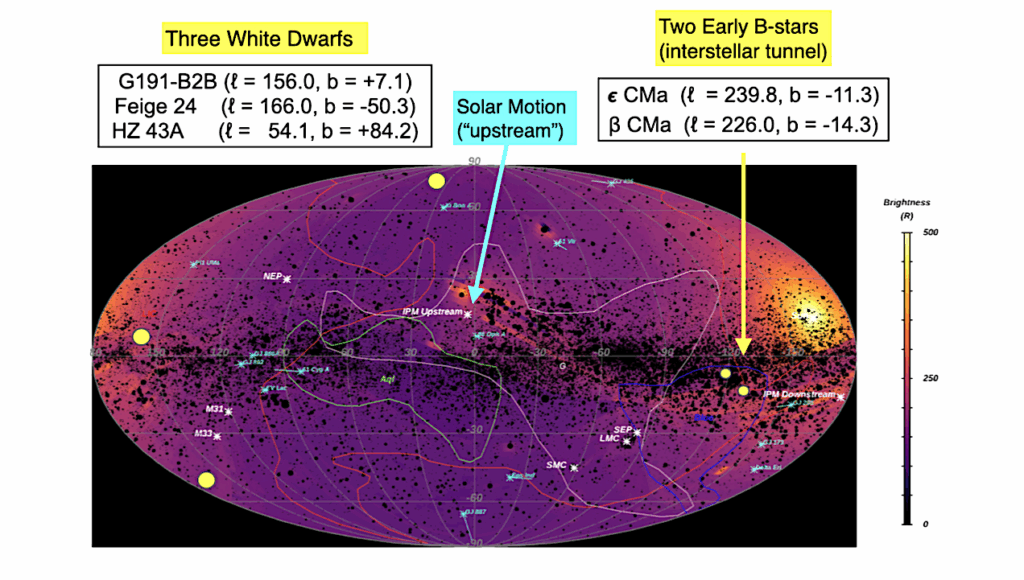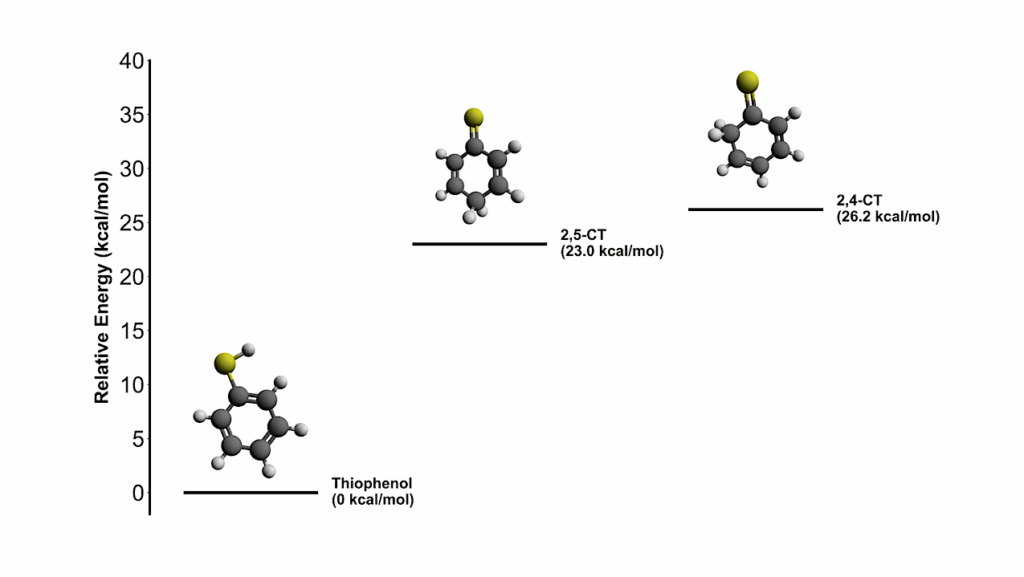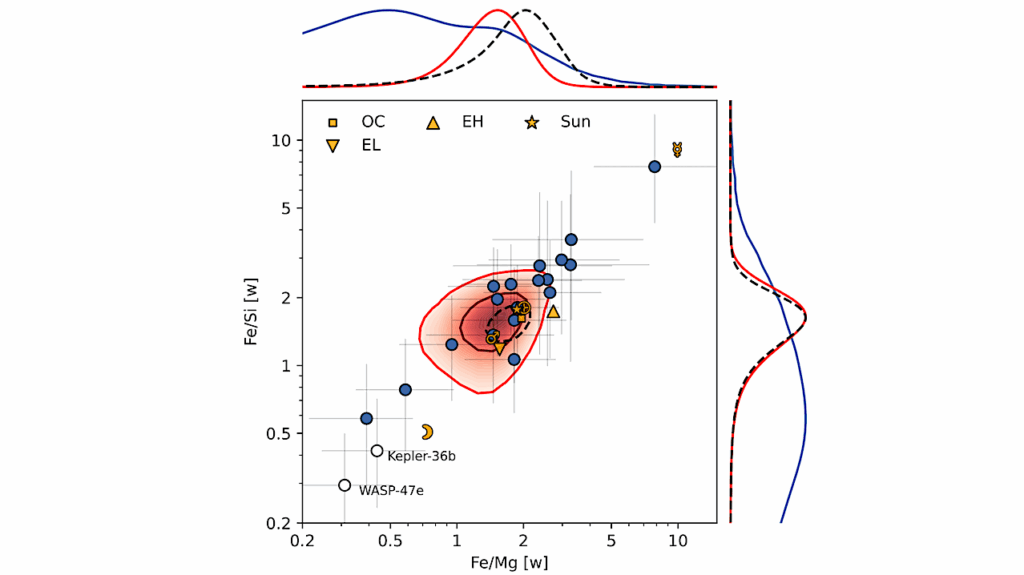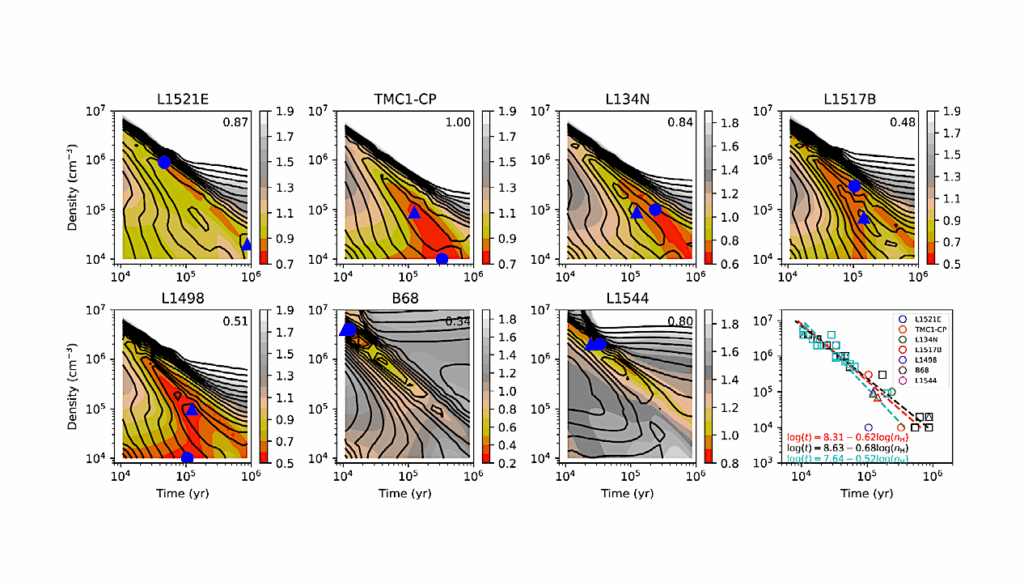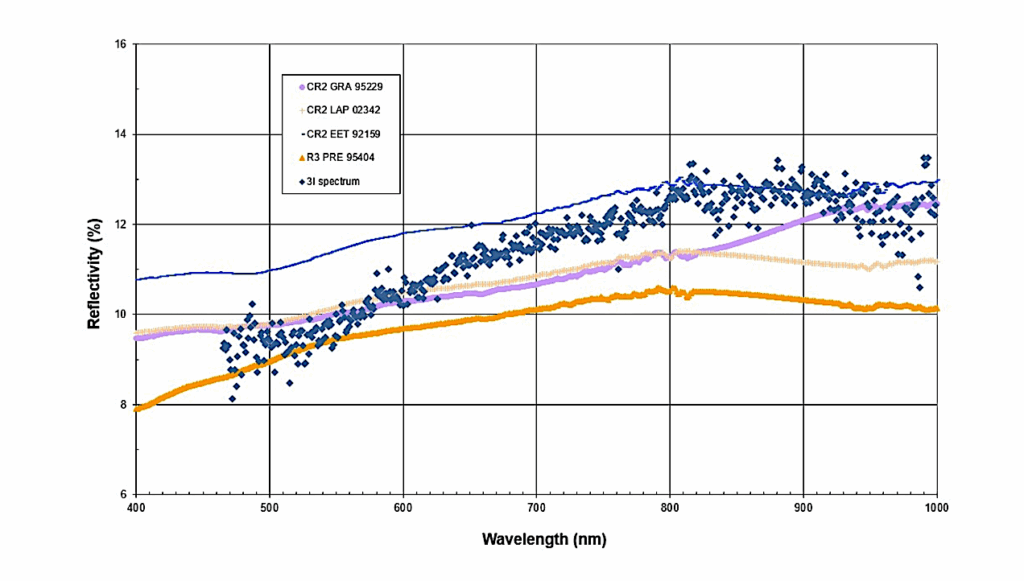Constraints On Atmospheric Water Abundance and Cloud Deck Pressure in the Warm Neptune GJ 3470 b via CARMENES Transmission Spectroscopy
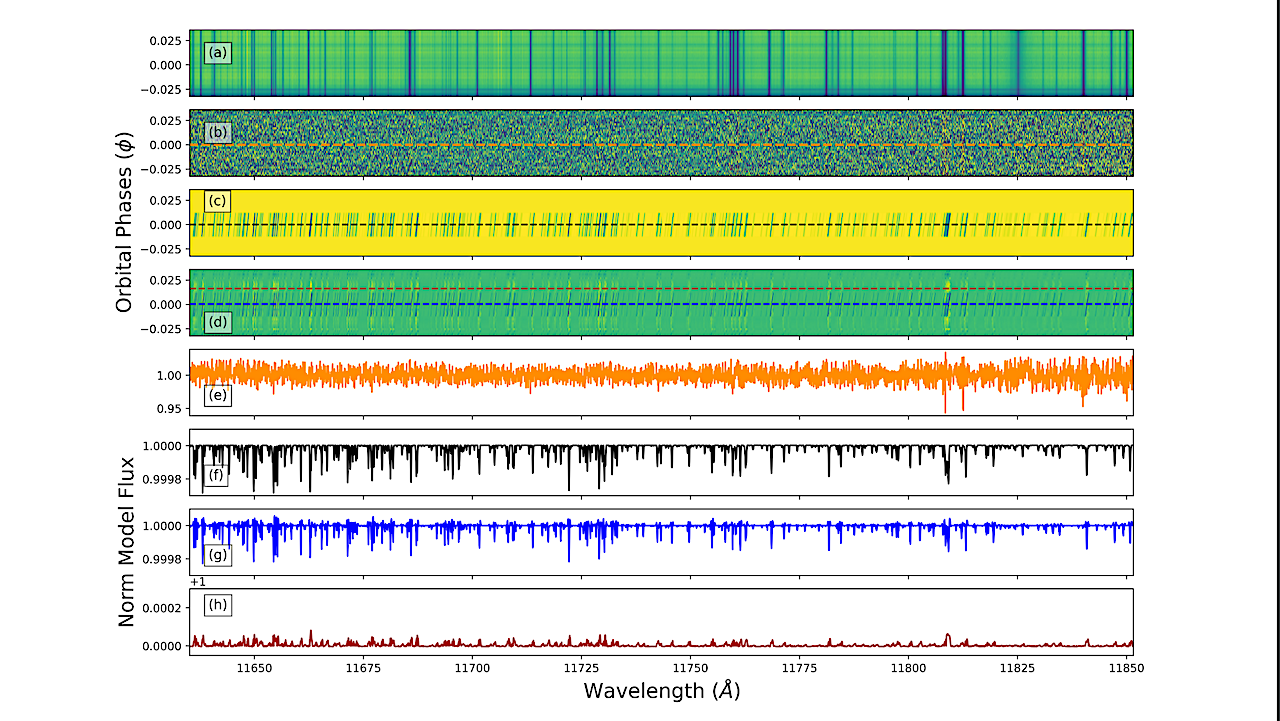
Observations of cooler atmospheres of super-Earths and Neptune sized objects often show flat transmission spectra.
The most likely cause of this trend is the presence of aerosols (i.e. clouds and hazes) in the atmospheres of such objects.
High-resolution spectroscopy provides an opportunity to test this hypothesis by targeting molecular species whose spectral line cores extend above the level of such opaque decks. In this work, we analyse high-resolution infrared observations of the warm Neptune GJ 3470 b taken over two transits using CARMENES (R ∼ 80,000) and look for signatures of H2O (previously detected using HST WFC3+Spitzer observations) in these transits with a custom pipeline fully accounting for the effects of data cleaning on any potential exoplanet signal.
We find that our data are potentially able to weakly detect (∼3σ) an injected signal equivalent to the best-fit model from previous HST WFC3+Spitzer observations. However, we do not make a significant detection using the actual observations. Using a Bayesian framework to simultaneously constrain the H2O Volume Mixing Ratio (VMR) and the cloud top pressure level, we select a family of models compatible with the non detection.
These are either very high VMR, cloud-free models, solar-abundance models with a high cloud deck, or sub-solar abundance models with a moderate cloud deck. This is a broader range compared to published results from low-resolution spectroscopy, but is also compatible with them at a 1σ level.
Spandan Dash, Matteo Brogi, Siddharth Gandhi, Marina Lafarga, Annabella Meech, Aaron Bello-Arufe, Peter J. Wheatley
Comments: 18 pages, 8 figures, Accepted for publication in Monthly Notices of the Royal Astronomical Society Main Journal on April 9, 2024
Subjects: Earth and Planetary Astrophysics (astro-ph.EP)
Cite as: arXiv:2404.06648 [astro-ph.EP] (or arXiv:2404.06648v1 [astro-ph.EP] for this version)
Submission history
From: Spandan Dash
[v1] Tue, 9 Apr 2024 22:56:05 UTC (24,296 KB)
https://arxiv.org/abs/2404.06648
Astrobiology,


